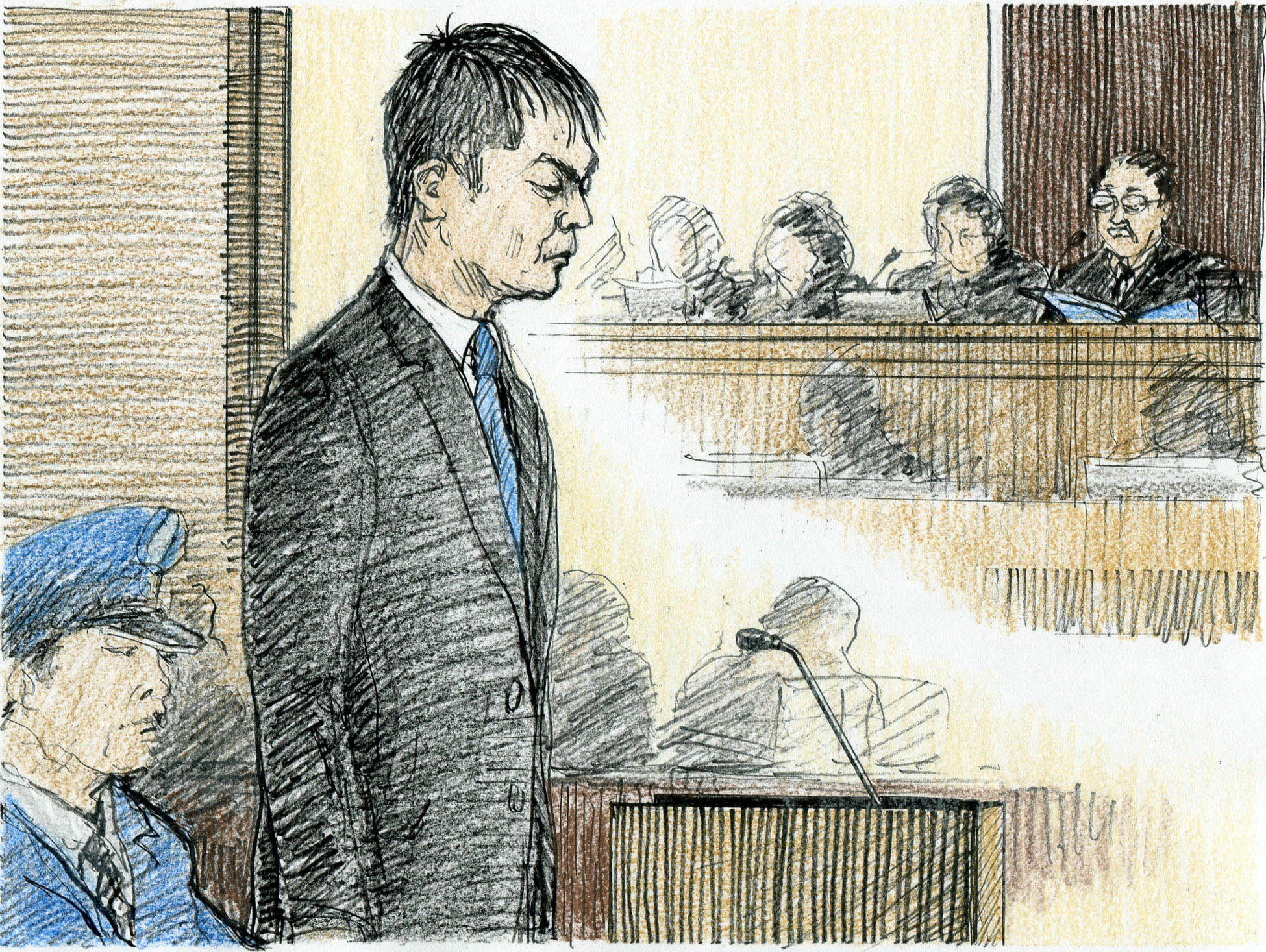In the same courtroom where many of his fellow Aum Shinrikyo cult members were tried years before, Makoto Hirata was convicted and sentenced earlier this month.
Location aside, the legal process has moved on in the intervening years, from the makeup of the bench to the way proceedings are handled. Journalists who have followed the various Aum trials over the years have noted significant changes in the criminal court system since the introduction of lay judges in 2009.
Hirata, 48, who on March 7 was sentenced to nine years in prison for his involvement in the 1995 kidnapping of Tokyo notary Kiyoshi Kariya and two other crimes, was the first Aum defendant to be tried by three professional judges and six randomly selected citizen judges. Previously, only trained professional judges presided over cases and handed down verdicts.



